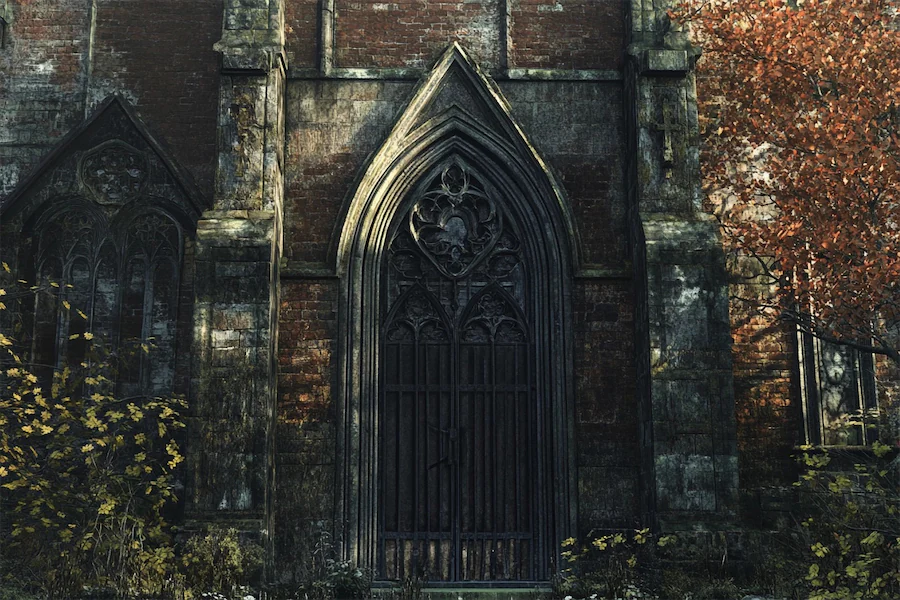Neo-Gothic architecture, also known as Gothic Revival, emerged in the late 18th century as a movement to revive medieval Gothic architectural elements. This style became prominent in the 19th century, particularly in England, and is characterized by features such as pointed arches, intricate detailing, and an emphasis on verticality.
Key Features of Neo-Gothic Walls
- Pointed Arches: A defining characteristic of Neo-Gothic architecture is the use of pointed arches in wall openings, including windows and doorways. These arches not only add to the aesthetic appeal but also distribute weight more efficiently, allowing for taller and more slender structures.
- Ornate Tracery: Walls often feature intricate stone or wood tracery, especially in window designs. This decorative openwork, commonly seen in rose windows, adds complexity and visual interest to the facade.
- Buttresses: To support the tall walls and redistribute the weight of the roof, Neo-Gothic structures frequently incorporate buttresses. These external supports can be simple or elaborately designed, sometimes extending away from the wall as flying buttresses.
- Vertical Emphasis: The design of Neo-Gothic walls emphasizes height, with tall, narrow windows and detailed moldings drawing the eye upward, creating a sense of grandeur and aspiration.
Applications of Neo-Gothic Wall Designs
Neo-Gothic wall designs have been applied to various types of buildings, including:
- Religious Structures: Many churches and cathedrals adopted Neo-Gothic elements to evoke the spiritual and awe-inspiring atmosphere of medieval Gothic architecture.
- Academic Institutions: Universities and colleges, particularly in the United States and the United Kingdom, incorporated Neo-Gothic designs to convey tradition and prestige.
- Civic Buildings: Government buildings and city halls utilized Neo-Gothic architecture to project authority and stability, often featuring grand facades with detailed stonework.
Considerations When Choosing Neo-Gothic Wall Designs
When considering Neo-Gothic wall designs for restoration or new construction, it’s essential to:
- Ensure Structural Integrity: The complex designs and heavy materials typical of Neo-Gothic walls require careful engineering to maintain stability and longevity.
- Balance Ornamentation: While intricate details are a hallmark of the style, it’s important to balance ornamentation with overall design coherence to avoid visual clutter.
- Use Authentic Materials: Utilizing traditional materials like stone and wood can enhance authenticity, though modern materials may be employed to improve durability and reduce maintenance.
Conclusion
Neo-Gothic walls are distinguished by their ornate detailing, structural innovations, and vertical grandeur. By thoughtfully incorporating these elements, architects and designers can create spaces that honor historical traditions while meeting contemporary needs.
